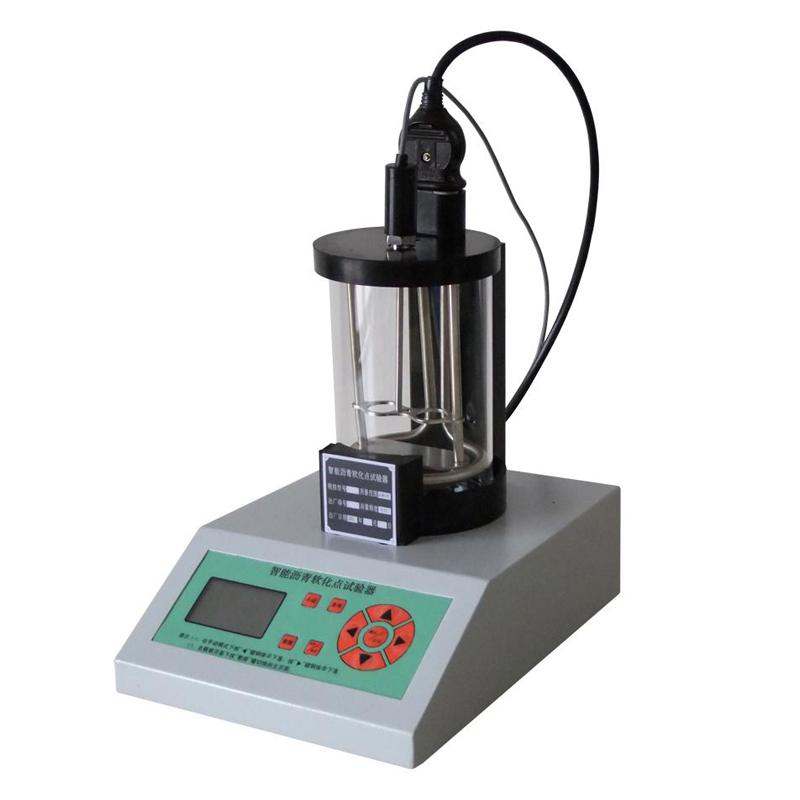Method for determination of softening point of epoxy resins
Epoxy resins are a commonly used polymer whose properties play a key role in many industrial applications. Softening point is a key index of epoxy resin, which can reflect the molecular weight and molecular weight distribution of the resin. In this paper, a universal method for the determination of the softening point of epoxy resins is introduced, including the experimental procedures and the presentation of the results.

Method for determination of softening point of epoxy resins
The importance of softening points
Softening point is a key performance indicator of epoxy resins. It indicates the temperature at which the resin changes from hard to soft and presents fluidity after being heated. Softening point is usually expressed in degrees Celsius (° C), low molecular weight resin softening point is lower, and high molecular weight resin softening point is higher. Softening point is one of the important factors affecting the properties of epoxy resin and its application.
Method for determination of softening point
The softening point was determined using a standardized procedure called the globe method, which is suitable for different types of epoxy resins.
1. Resin with softening point lower than 85℃
Prepare a beaker of freshly boiled distilled water and cool the water temperature to below 45 ° C below the estimated softening point.
The resin sample was loaded into the copper ring, which was then placed on the stirrer holder.
Place a steel ball in water and place it into the center of the copper ring with tweezers.
Insert the thermometer into the center hole of the bracket.
Start the agitator and start the test.
The beaker is heated with an electric furnace at a rate of 5 ° C per minute until the resin is softened and the steel ball falls to the bottom plate, at which point the temperature indicated by the thermometer is the softening point.
2. Resin with softening point higher than 85℃
A similar procedure as above was followed, but a glycerin bath was used instead of water. Glycerin shall be preheated to less than 45 ° C below the estimated softening point, but not less than 32 ° C.
Method for determination of softening point of epoxy resins
The result is expressed
The test result of the softening point shall be expressed as the arithmetic mean of the measured values of two parallel samples, retained to one decimal place. The difference between the two measured values of the parallel test shall not exceed 0.5 ° C.
Standard of reference
In order to ensure the accuracy of the softening point, you can refer to the national standard GB 12007.6-89 “Softening point determination method of Epoxy resin” and the international standard ISO 4625-80 “Global method for the determination of softening point of paint and varnish Binders”.
Conclusion
Softening point is an important performance index of epoxy resin, which can reflect the molecular weight and molecular weight distribution of the resin. By using the global method to determine the softening point, the accurate evaluation of the properties of the epoxy resin can be ensured. This method can be applied to various types of epoxy resins, providing reliable performance data for applications such as coatings and adhesives. Epoxy manufacturers and researchers should follow standard procedures to ensure that the performance of their products meets the requirements.
